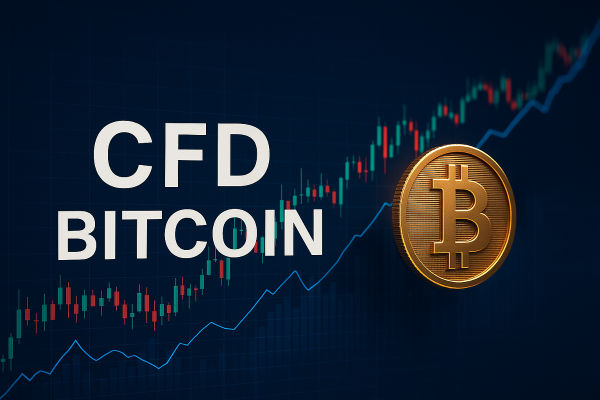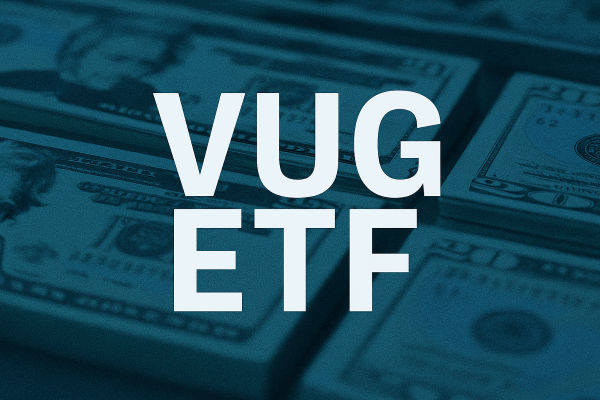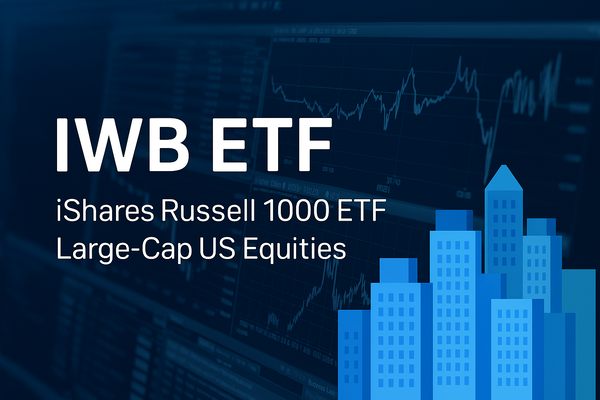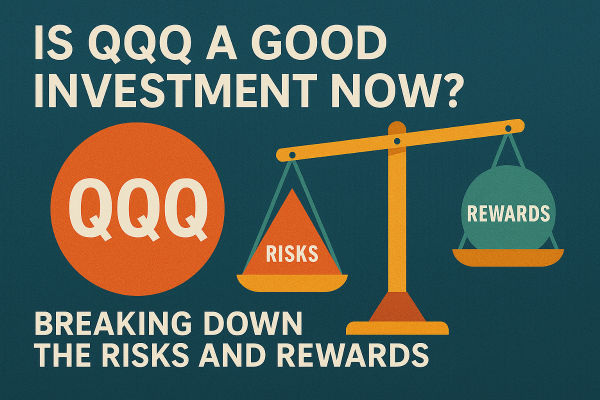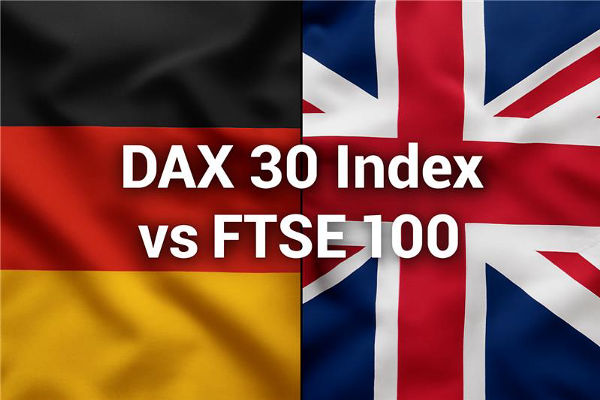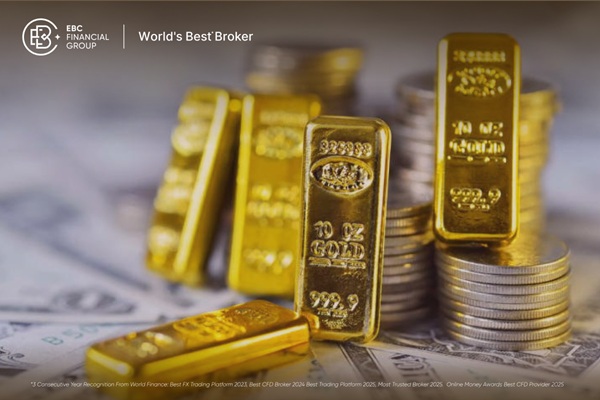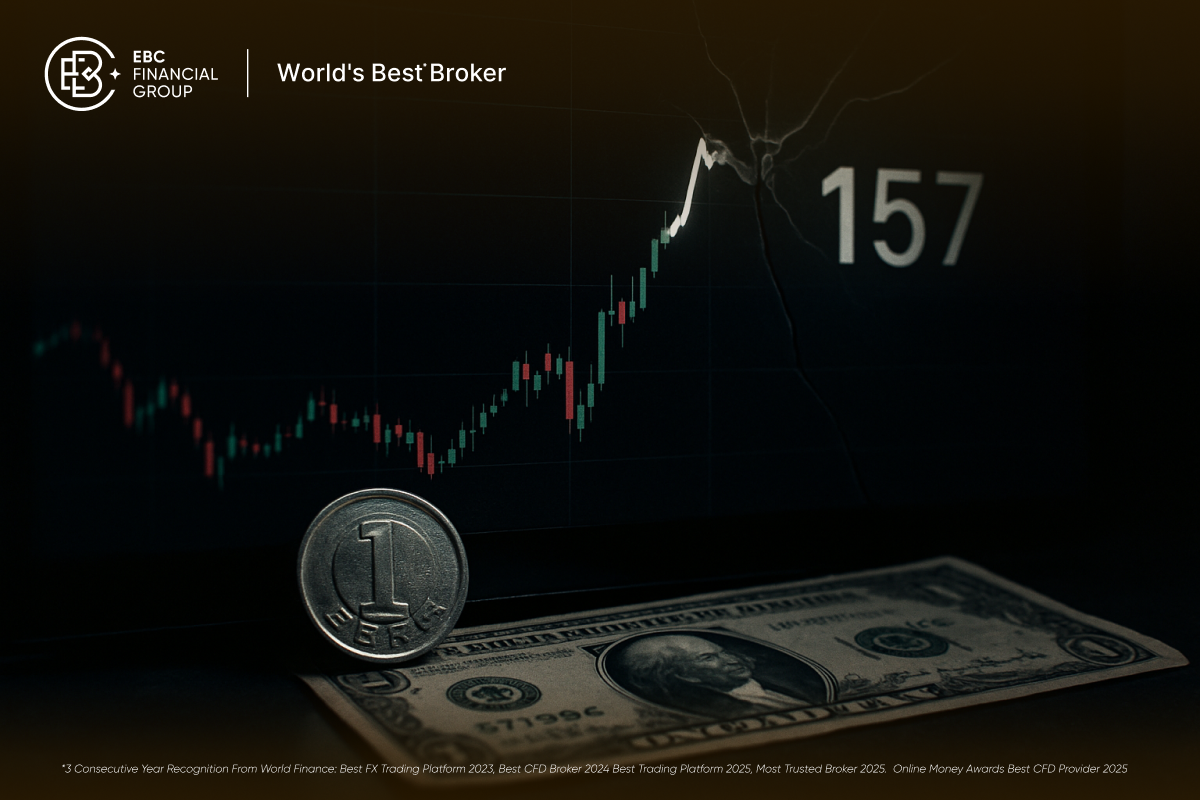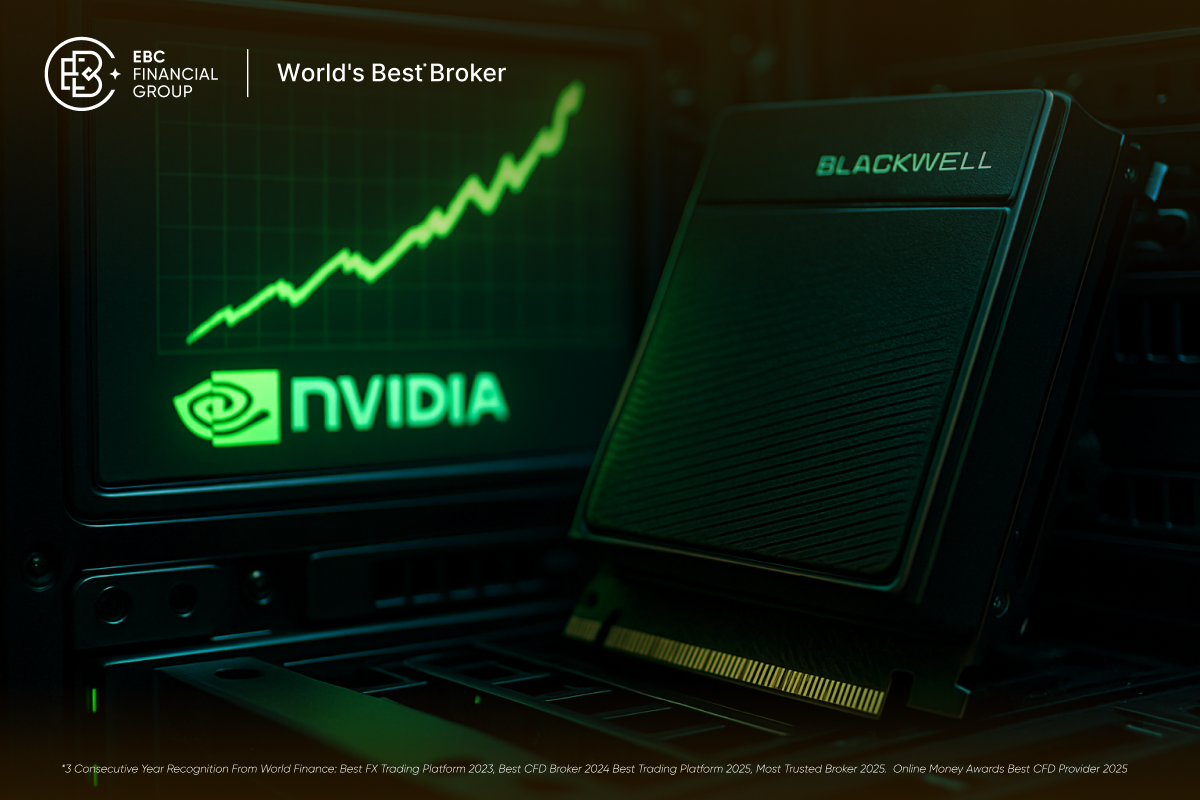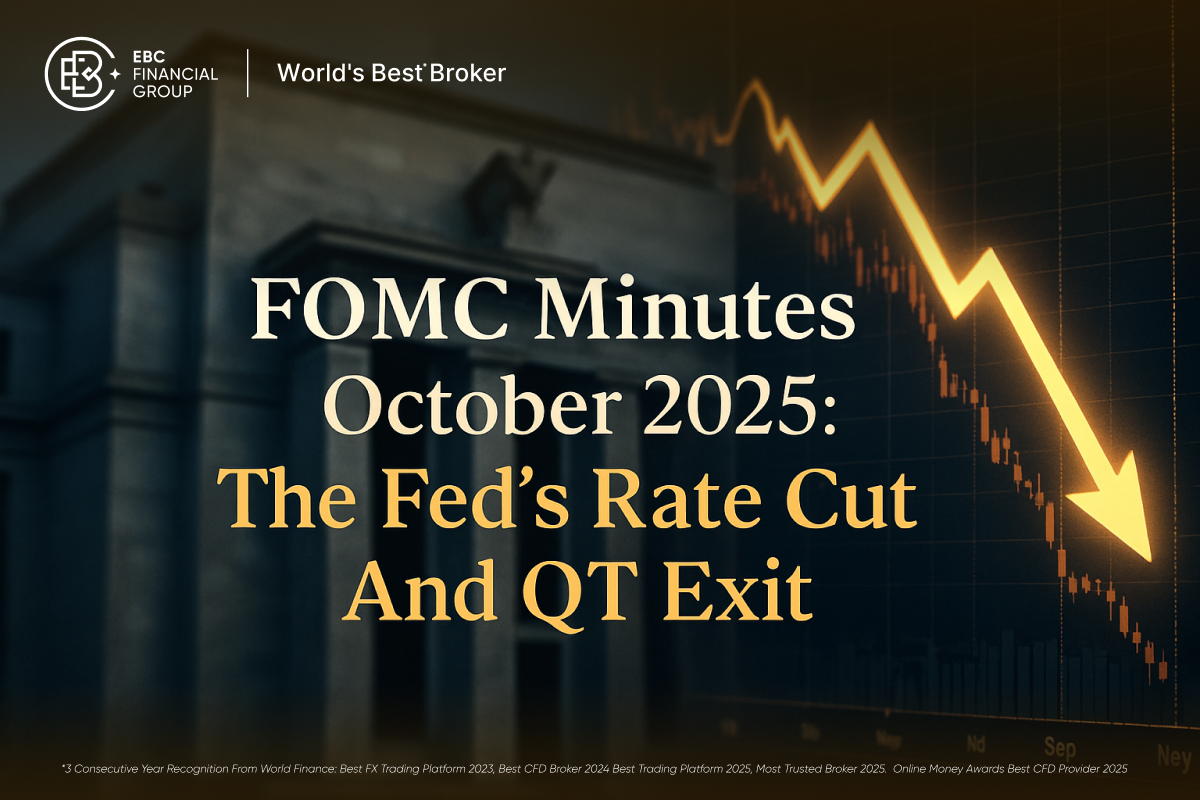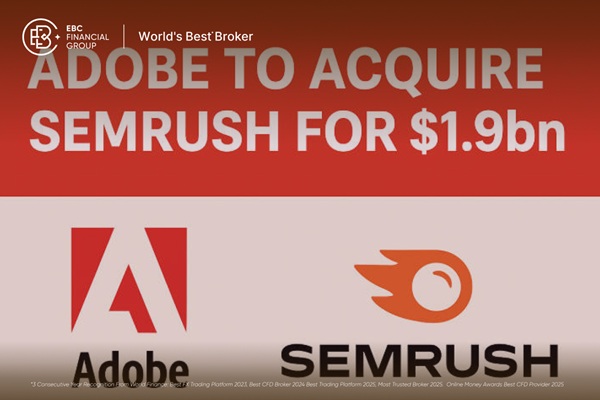Some traders drive Formula 1 machines, tuned for speed, hairpin reflexes, and aggressive overtakes. Others prefer interstate cruisers, steady on long journeys, built to absorb bumps and keep passengers calm. In markets, Contracts for Difference feel like the race car and Exchange Traded Funds feel like the cruiser. Both reach the destination, but the ride, the risks, and the required skill are very different. In 2025, with inflation paths still debated, policy cycles shifting, and flows surging into listed funds even as traders chase short term edges, choosing between CFD vs ETF, or deliberately using both, matters more than ever.
A striking context setter, United States listed ETFs attracted extraordinary investor attention across 2025, with monthly and year to date inflow tallies testing historic records and the share of flows into active ETFs climbing. Independent trackers reported that active ETFs hauled in roughly 183 billion dollars in the first half of 2025, already ahead of totals for many prior full years, while outlets covering fund launches counted hundreds of new products this year, most of them active. These numbers underline a simple point. For multi month and multi year allocation, the ETF structure remains a dominant vehicle. At the same time, CFD turnover remains heavy in forex, indices, commodities, and single stock plays, precisely because leverage, bidirectional access, and short holding periods suit tactical trading.
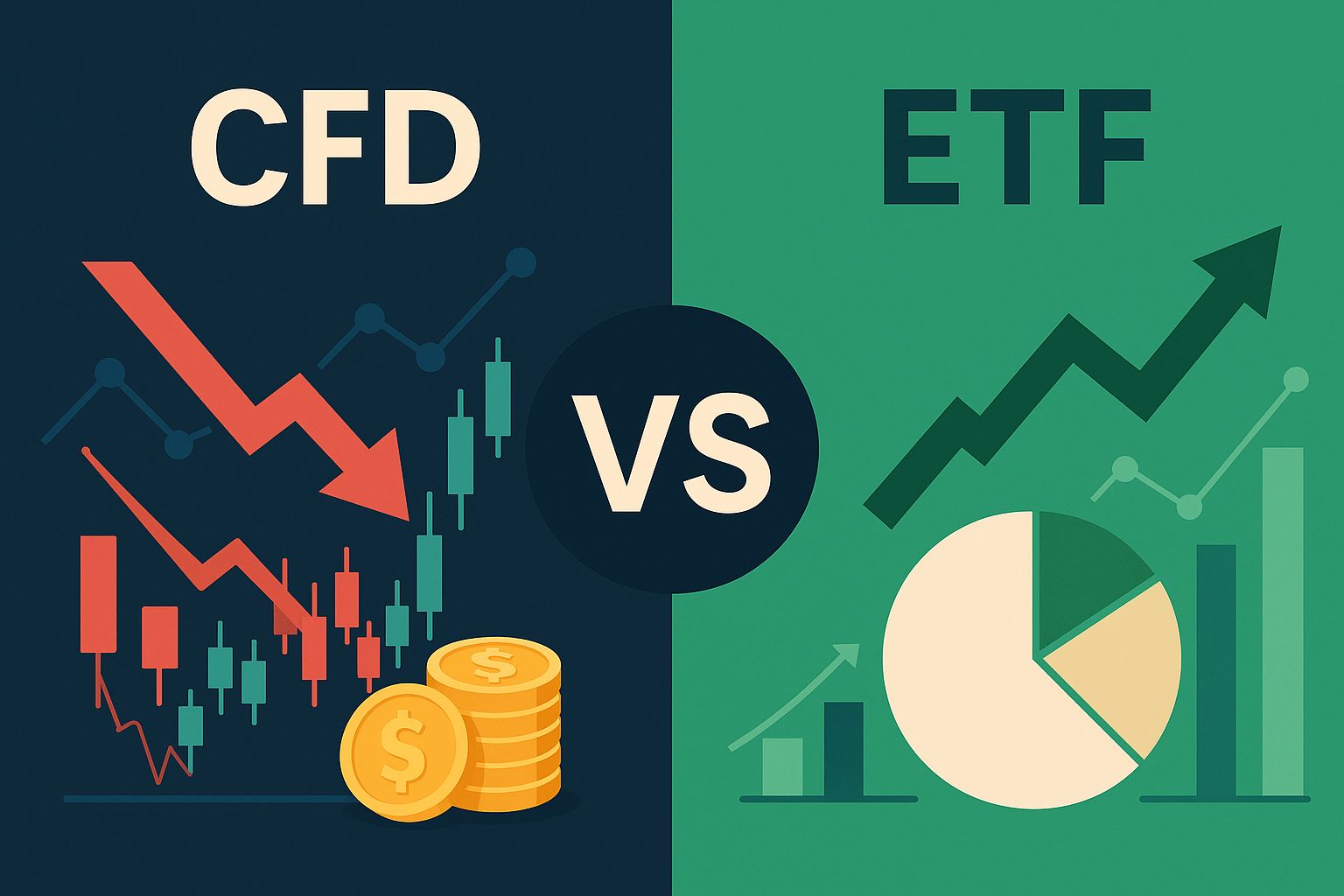
What Is a CFD?
A Contract for Difference is a bilateral derivative between a client and a broker. You never own the underlying asset. You agree to exchange the difference between entry and exit prices on an index, equity, currency pair, commodity, or crypto reference. That difference is settled in cash to your account balance. The appeal is direct. You can go long or short easily, you can apply leverage, and you can do it from a single multi asset platform that quotes everything from major indices to gold and crude.
Three Traits That Define CFDs
Leverage and margin: In many regulated markets retail leverage is capped, commonly up to 30 to 1 for major FX pairs and lower for more volatile assets. A one percent move in the underlying can translate to a much larger percentage move on your margin. It is capital efficient and unforgiving.
No ownership: You do not receive voting rights and you do not hold units of a fund or shares of a company. You hold a synthetic exposure and you pay or receive the mark to market each day.
Over the counter execution: CFDs are traded with your broker, not on an exchange. Quality hinges on the broker’s pricing sources, liquidity arrangements, and execution controls.
What Is an ETF?
Now, turning to the ETF structure: An Exchange Traded Fund holds a portfolio of assets in a legal wrapper and lists on an exchange. When you buy an ETF, you own units in the fund and an indirect claim on the underlying securities or physical assets. You can trade intraday like a stock, hold for years, and often benefit from tax efficient in kind creations and redemptions that can reduce taxable distributions in some jurisdictions. Expense ratios are typically low, with asset weighted averages in the low tens of basis points for large core categories.
How ETF Liquidity Really Works
On screen layer: The exchange bid and ask you see in your brokerage app.
Creation and redemption layer: Authorised participants can assemble or unwind ETF shares using baskets of the underlying securities, helping keep prices close to net asset value and supporting deep effective liquidity in mainstream funds.
CFD vs ETF, the Structural Differences That Matter
1. CFD vs ETF: Ownership and Rights
ETF: Economic interest in real holdings, shareholder rights where applicable, and eligibility for distributions.
CFD: Synthetic, cash settled instrument with no ownership rights.
2. CFD vs ETF: Leverage and Embedded Risk
CFD: Explicit leverage through margin, often up to 30 to 1 for major FX and lower for indices, equities, and crypto depending on rules.
ETF: Typically unlevered, though leveraged and inverse ETFs exist and use derivatives internally with daily rebalancing.
3. CFD vs ETF: Directionality
CFD: Shorting is native and simple.
ETF: Shorting requires an inverse fund, a margin short of the ETF, or options on the ETF.
4. CFD vs ETF: Cost Profile
CFD: Spreads, possible commissions, and overnight financing or swap charges when positions remain open.
ETF: Expense ratio, exchange trading costs, and margin interest only if you borrow against holdings.
5. CFD vs ETF: Venue and Oversight
ETF: Traded on exchanges with public quotes and audited holdings.
CFD: Over the counter contracts where protections, leverage caps, and disclosures depend on jurisdiction and broker.
Risk Comparison, Losses, Leverage, and Hidden Drags for CFD vs ETF
Leverage Cuts Both Ways
With a CFD, a two percent adverse move on a 20 to 1 position can wipe out margin entirely. Tight capital requirements magnify both profit and loss. ETFs rarely expose holders to margin calls unless the investor borrows in a margin account or uses leveraged funds.
Financing Drag in CFDs
Hold a CFD overnight and you pay or receive a financing adjustment. Over many days this cost can compound, especially when interest rates are high or when market conditions charge your side of the book. ETFs do not have a daily financing feature at the holder level.
Tracking and Compounding in ETFs
ETFs can introduce small tracking error versus their index due to fees and frictions. Leveraged ETFs reset daily and can drift relative to the simple multiple of the index over longer horizons in choppy markets. They are designed for tactical exposure.
Execution Slippage
CFDs depend on broker routing, liquidity access, and your order type. During fast markets, slippage can be larger than you expect. ETFs face slippage mostly through bid ask spreads and on screen depth, but creation and redemption capacity mitigates outright illiquidity in mainstream funds.
Leverage and Capital Efficiency, Why Traders Choose One Over the Other
A common reason to favour CFDs is capital efficiency. With a small amount of margin you can gain exposure to an index, a currency pair, or a commodity, and you can shape that exposure precisely, long or short. If you expect a one to three day move after a data release or an earnings print, leverage makes the expected return on margin meaningful. The cost is that a modest adverse move can erase the position.
ETFs are the counterpoint. You pay full price up front and accept the slower compounding that comes with no leverage, but you gain structural robustness. If you want broad exposure to consumer discretionary shares or a market wide technology basket, a sector or thematic ETF provides diversification without the risk of margin calls. The trade off is speed.
A middle path exists. Hold an ETF core and add a small CFD overlay when you want extra punch or a quick hedge. Portfolio level risk stays anchored while tactical views have a defined sandbox.
CFD vs ETF: Strategic Uses in 2025, When Each Tool Fits
When CFDs Make Sense
You expect a short lived reaction after a macro release.
You want to fade an overextended rally in an index using a small risk budget.
You need a quick hedge ahead of an event without selling an ETF and realising a taxable gain.
Because CFDs allow immediate shorting and fine grained sizing, they suit these jobs.
When ETFs Are Superior
You are building or maintaining a long term allocation to equities, bonds, or a sector.
You want to ride a theme such as artificial intelligence infrastructure, global consumer brands, or short duration Treasuries.
You plan to dollar cost average each month.
The ETF structure was built for this.
2025 Market Context, Flows, Launches, and What They Signal
ETF flows in 2025 have been remarkable for both scale and composition. Active ETFs pulled in a record haul during the first half, with roughly 183 billion dollars flowing to active strategies, and the share of overall flows captured by active funds rose. Fund launches stayed brisk, with industry tallies counting several hundred new ETFs in 2025 and a high percentage classified as active. These trends reinforce the idea that investors use ETFs not only for passive beta, but increasingly for active, factor, and income strategies delivered through the ETF wrapper.
At the same time, volatility created textbook CFD opportunities. Policy surprises and hot or cold inflation prints moved gold, crude, and index futures enough to justify tactical shorts and longs for nimble traders. Spot Bitcoin ETFs gathered large asset totals within months of launch, showing how the ETF wrapper can channel flows quickly when a theme resonates, while native crypto markets remained volatile for CFD traders who prefer leverage and intraday shorting.
Case Studies, Real Events That Illustrate CFD vs ETF Trade Offs
Case Study 1: Tactical CFD Short After A Hot CPI
A macro trader expected a hotter than consensus United States inflation print. The thesis was that real yields would jump and gold would retrace after a multi week climb. Thirty minutes before the release, the trader set a small CFD short in gold, risking one percent of account equity with a stop above recent highs, sized at five to one leverage. The data landed above expectations, yields rose, and gold fell by roughly two percent intraday. The trader covered into the move for a low double digit return on margin, then stood aside. The same view expressed with an inverse gold ETF could have worked, but the CFD allowed an immediate short, precise sizing, and a quick exit without sourcing a specific listed product.
Case Study 2: Riding A Theme With An ETF, Avoiding Financing Drag
An investor in late 2024 believed that lower policy rates in 2025 would support growth equities, especially firms levered to cloud and artificial intelligence. Rather than trading individual stocks or using a CFD for months, the investor added a technology heavy ETF to the core allocation and contributed monthly. This eliminated overnight financing costs, simplified tax reporting, and reduced the temptation to micromanage positions. As earnings season produced several upside surprises at large platform companies, the fund climbed with fewer sharp decision points. The investor reviewed quarterly, rebalanced to targets, and let the wrapper do the work.
Case Study 3: Blending Both To Hedge Earnings Season
A family office holds a large, long only portfolio of broad market and sector ETFs. Ahead of a dense earnings calendar for megacap technology, the team worried about a two to three day downdraft if guidance disappointed. Selling the core would trigger gains and break the policy of staying fully invested. Instead, the team shorted a technology index CFD equal to a few percent of equity exposure as a temporary hedge for three sessions. Guidance came in mixed, the sector fell quickly, and the hedge offset part of the drawdown. When the window passed, the desk closed the CFD and restored the original factor mix. This is the essence of a CFD overlay on an ETF foundation.
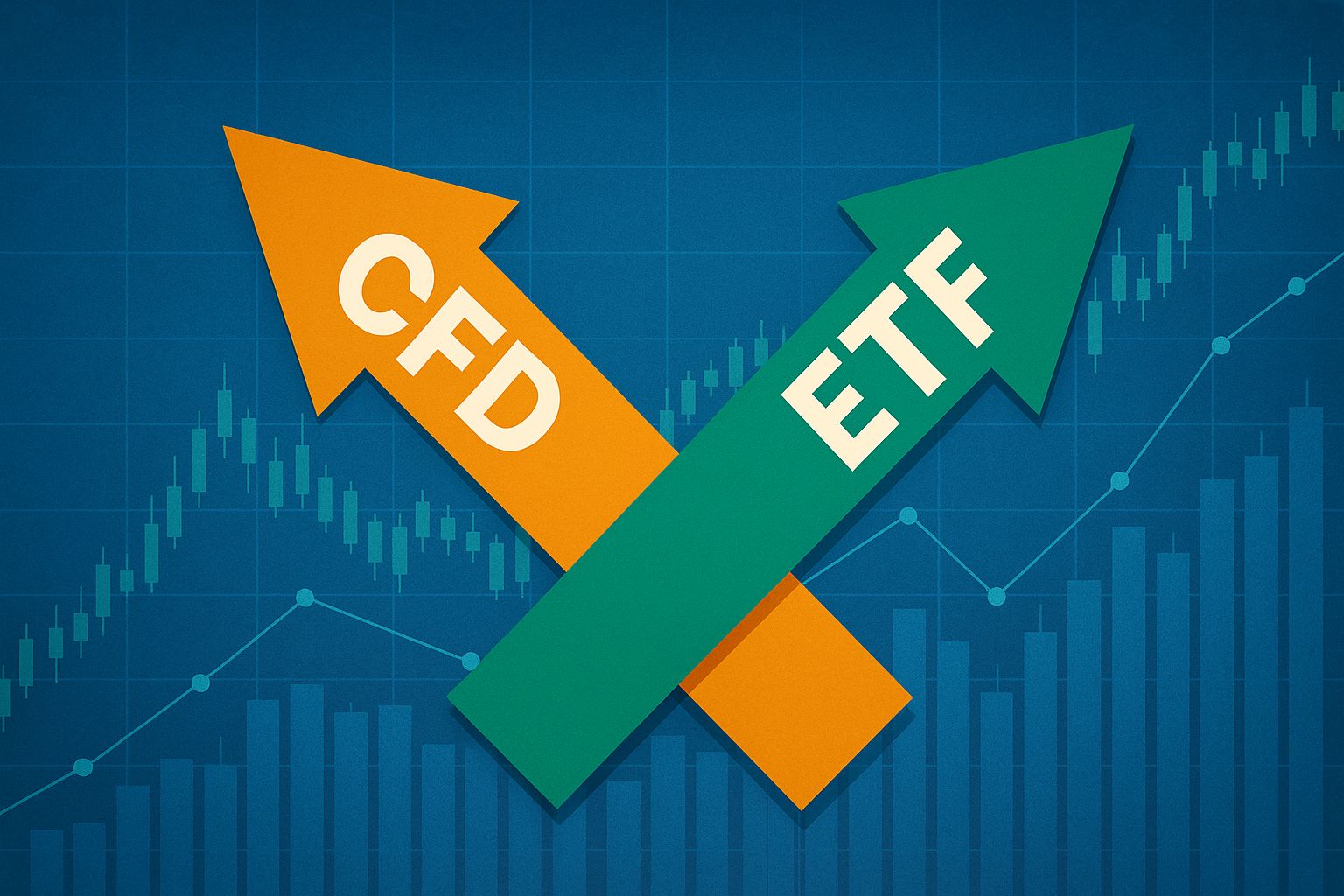
Regulation, Protections, and Why They Matter
Retail CFD markets in several jurisdictions operate under product intervention rules. In the European Union and United Kingdom, leverage caps, margin close out standards, and negative balance protection are enforced for retail clients. In Australia, similar restrictions apply under the current order. These measures do not remove risk, but they prevent the most extreme leverage and protect against account balances going below zero in violent moves. Traders should confirm parameters where they live and choose brokers with segregated client funds, clear disclosures, and strong execution statistics.
ETF regulation is different. Funds list on exchanges and report holdings, audit trails, and net asset values by rule. The creation and redemption process with authorised participants provides an elastic supply mechanism that supports tight spreads in mainstream funds. Investors should still check fund liquidity, underlying basket liquidity, and expense ratios, especially for niche strategies and new launches.
Portfolio Construction, Practical Playbooks
Core and Satellite
Build a core with broad ETFs that match your long term policy, then add satellite ETFs for themes, factors, and regions. Allow yourself a small, measured CFD sleeve for hedging or short term opportunities. Keep the CFD risk budget separate and capped.
Rule Based Rebalancing
Set tolerance bands. If your technology ETF target is ten percent and it drifts to twelve, trim back. If it drifts to eight, add. For CFDs, define maximum simultaneous positions, maximum per trade risk, and a no exceptions stop loss protocol.
Cash and Carry Discipline
If a CFD position remains open beyond a few sessions and financing is eating returns, rotate to a listed future or option where appropriate, or convert the view into an ETF position and accept the slower pace in exchange for cleaner carry.
FAQs About CFD vs ETF
Q1. How does volatility impact CFD vs ETF performance?
Volatility affects CFD vs ETF trading in very different ways. For CFD traders, volatility can magnify profits or losses instantly because leverage multiplies every price movement. A small 2% swing in the market can translate into a 20% change in equity if leverage is high. In contrast, ETF investors experience volatility more gradually since ETFs are typically unleveraged.
Q2. Is an ETF safer than a CFD during uncertain markets?
When comparing CFD vs ETF in volatile or uncertain markets, ETFs are generally safer. ETFs are exchange-listed, regulated, and backed by physical or financial assets, providing higher transparency. CFDs are over-the-counter contracts that depend on broker reliability and margin control. In sharp sell-offs or flash rallies, ETF holders see their portfolio values fluctuate, but CFD traders can face forced liquidations or amplified losses due to leverage.
Q3. How should investors choose between CFD vs ETF in 2025?
The CFD vs ETF decision depends on your investment horizon and objective. If your goal is tactical trading, capturing short-term moves after inflation data, central bank meetings, or earnings reports, CFDs offer speed, leverage, and flexibility. If you’re building wealth steadily through diversified exposure to themes such as AI, clean energy, or the S&P 500, ETFs are more efficient, lower cost, and tax-friendly. Many investors in 2025 combine both: ETFs as the long-term core, and CFDs as short-term overlays for event-driven opportunities.
Conclusion
CFDs and ETFs are different tools for different jobs. CFDs give speed, leverage, and the ability to express a view long or short in minutes. ETFs give ownership, diversification, and low ongoing costs suitable for compounding over years. In the market climate of 2025, with record interest in the ETF wrapper and with tactical opportunities still abundant around data and earnings, the smart approach is not to elevate one as universally superior, but to understand the strengths and weaknesses of each. Use ETFs to build the house. Use CFDs like power tools, with a steady hand, safety gear, and a plan. When you treat the choice between CFD vs ETF as a portfolio design question rather than a popularity contest, you increase the odds that your ideas survive real market conditions and translate into durable results.
Disclaimer: This material is for general information purposes only and is not intended as financial, investment or other advice on which reliance should be placed. No opinion given in the material constitutes a recommendation that any particular investment, security, transaction or investment strategy is suitable for any specific person.








